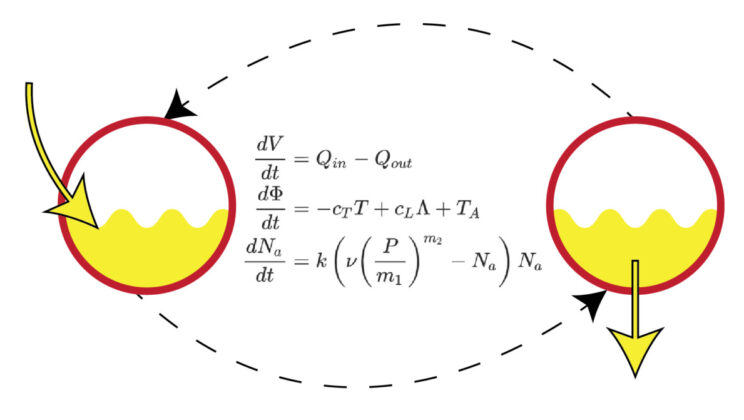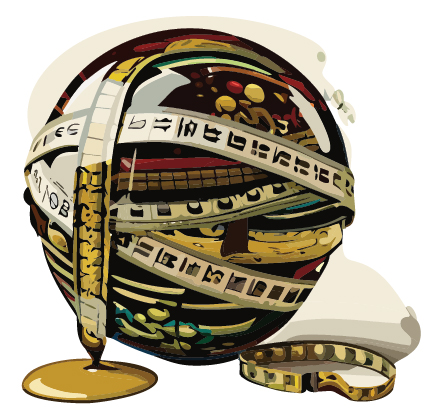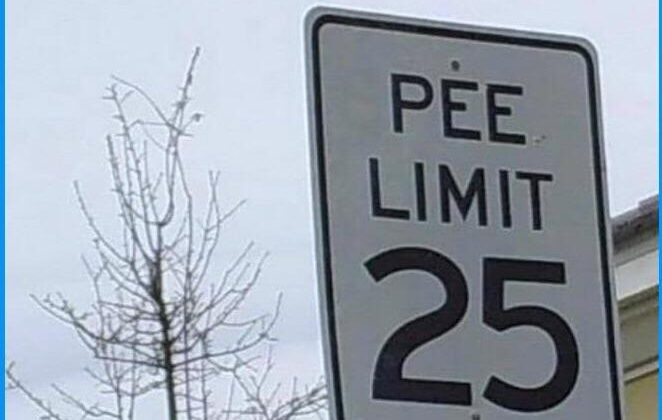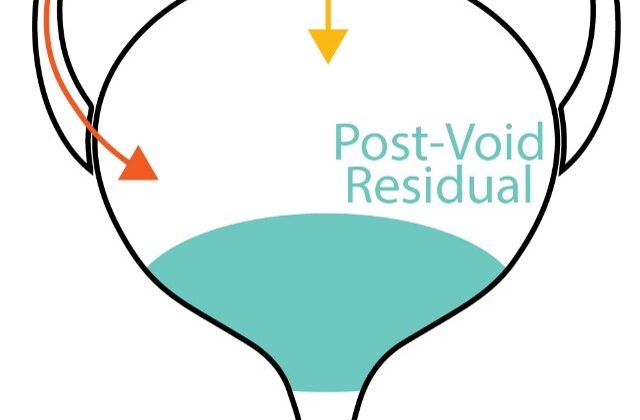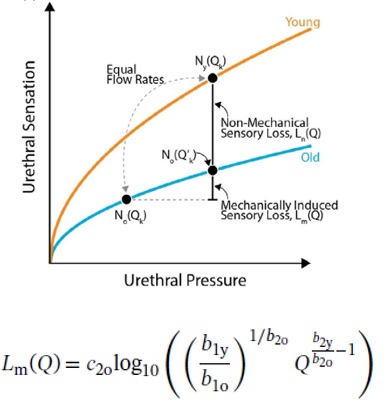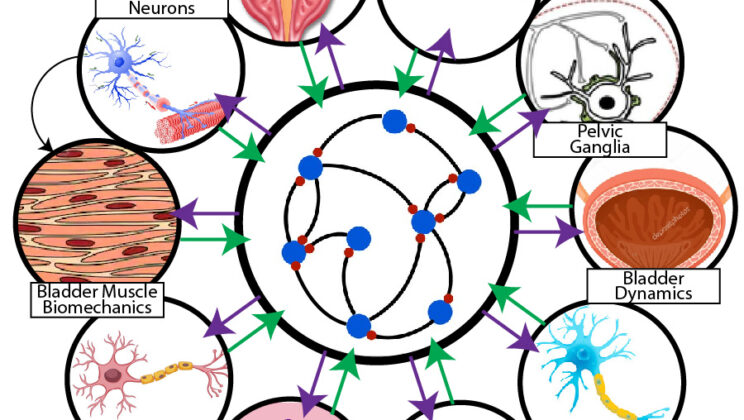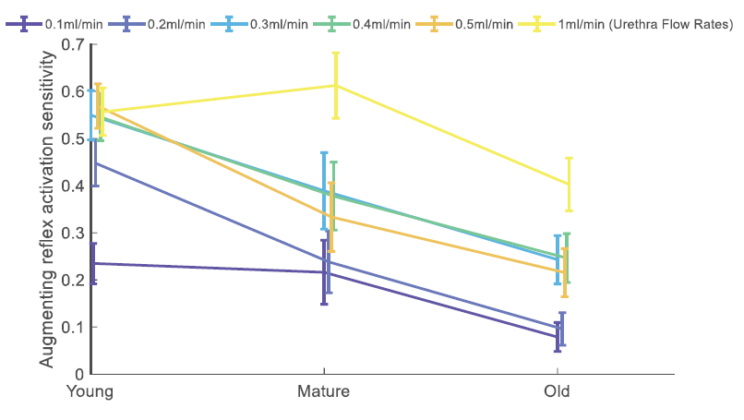Imagine, if you would, a future where your favorite local urologist could tell you how many milliliters your bladder will void two years from now (given the details of your…
Category: Urology
The Simple-As-Possible Approach to Lower Urinary Tract Simulation
“What I cannot build, I do not understand.” – Richard Feynman Since I go around pretending that I know how control of the lower urinary tract (LUT) works, surely I…
Negative Volume: A Red Flag for Cystometry
To assess bladder health we need to know (among other things) how well it can empty. We quantify this via the voiding efficiency (VE), which is the fraction of urine…
How Does the Bladder “Decide” When to Pee?
The lower urinary tract is orchestrated by an intricate web of harmonizing reflexes that act constructively to help you pee effectively (or to not pee effectively). [See Fowler and de…
How Much Pee is Left Inside? (Techniques for Basic Science Urology)
The most natural way to test how well the bladder and lower urinary tract (LUT) are working is to monitor what it does with urine in a process called cystometry…
We (ok, rats) Lose Urethral Sensitivity as We Age: Hints into Underactive Bladder Etiology
Many people have declining urinary tract function as they age. Is it possible that weakening sensation (peripheral neuropathy) contributes? It is a concept that has been gaining credence for the…
NIDDK Grant to Revolutionize Mathematical Systems Physiology
I’m very excited to announce (September 2022 throwback) that NIDDK at NIH is supporting me to lead a big, interdisciplinary team to invent a new mathematical infrastructure to model the…
Age Changes Neural Regulation of the Bladder and Urethra
Many of us accept that our bladders naturally weaken as we age, but is it inevitable? To stop age-related bladder underactivity (UAB) we will need to first understand why it…

